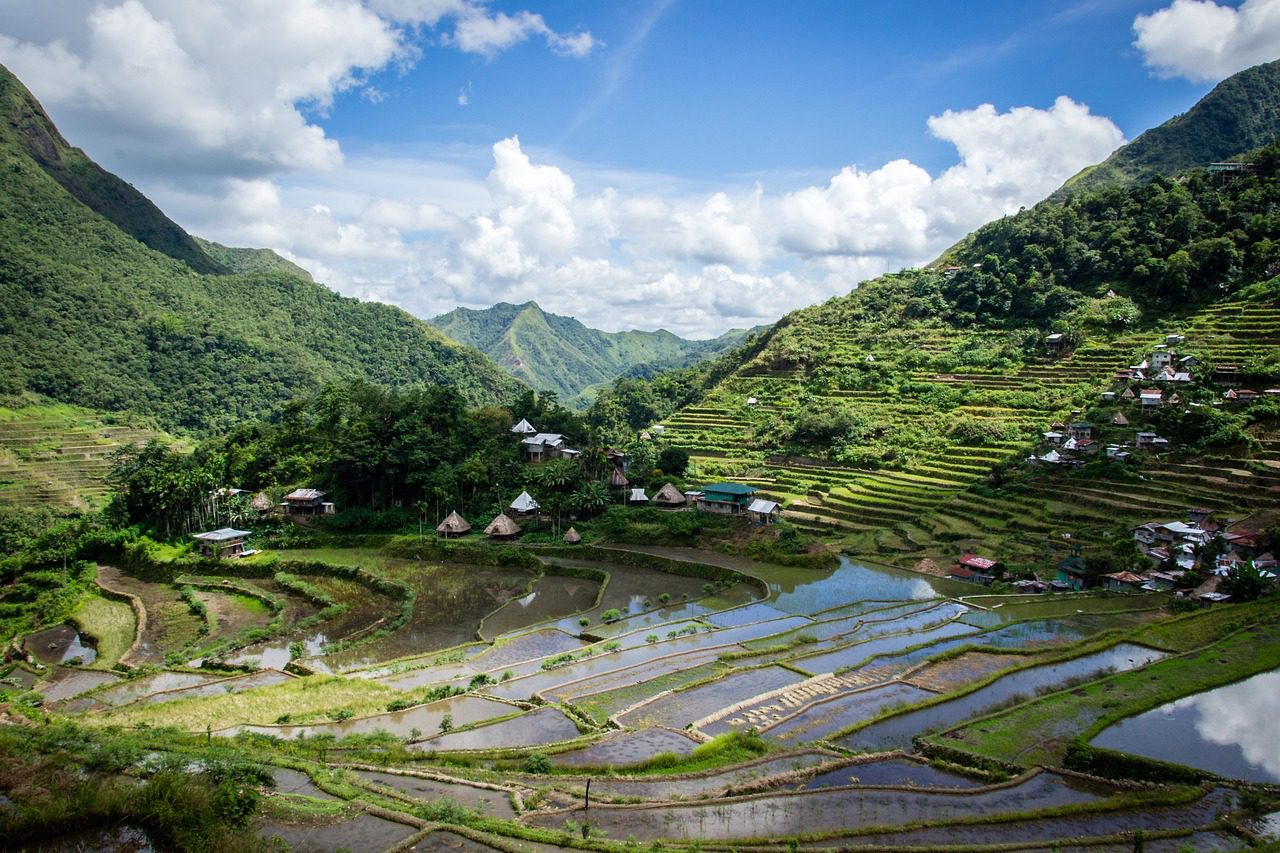
Human Trafficking and Climate Change: Understanding Intersections and Strengthening Responses in the Philippines
This study explores how climate change related hazards influence vulnerability to modern slavery in the Philippines, a country where climate change-related calamities and human trafficking are prevalent (Eckstein, Kunzel, Shafer 2021). Specifically, this study focuses on four barangays (smallest administrative division in the Philippines) in the regions of Eastern Visayas and Caraga, which over the past decade have experienced a wide range of hazards such as heavy rainfall, floods, typhoons, cyclones, earthquakes, and sea level rise.
The communities that participated in our research have revealed that they implement some pre-hazard strategies to prepare for those calamitous events. However, these preparations are mostly insufficient as they tend to focus on mitigating the impact of sudden events on food, water, and housing. Moreover, location, exposure to previous disasters, awareness, age, family size, and socio-economic status shape the kind of pre-hazard strategies adopted as well as their effectiveness, which means that the level of preparedness varies considerably within the same community.
Similarly, the community members with whom we spoke confirmed that post-hazard recovery strategies are adopted. However, those strategies focus on the recovery of the environment, infrastructure, housing, and food supplies. Conversely, healthcare and education are neglected, which seriously limits the effectiveness of the overall postdisaster response. Moreover, the food relief, reconstruction assistance, and financial support provided by government authorities and non-governmental organizations is insufficient, untimely, and discriminatory.
Characterized by inadequate pre-hazard preparation strategies and post-hazard recovery strategies, the barangays that we studied are adversely affected by natural hazards, especially with respect to the environment, public infrastructure, housing, the economy, food and water, health(care), livelihoods, and education. Adverse impacts are interconnected and travel from one area to the other. For instance, direct shocks to infrastructure were found to jeopardize health, food and water, livelihoods, and education.
Affected by the devastating impact of natural hazards, communities are driven into conditions of multi-dimensional vulnerability. Most notably, our study found that communities in Eastern Visayas and Caraga are driven into poverty, unemployment, food insecurity, (domestic and international) migration, displacement, lack of access to healthcare, lack of access to education, and psychological distress.
Moreover, it was found that post-hazard vulnerability is made more acute by preexisting gender inequalities and class inequalities, which expose women and lower-class individuals to additional difficulties. For instance, our conversations with local communities revealed that certain recovery programs offered by the government (e.g. cash-for-work programs) are thought exclusively for male workers. Similarly, many instances were identified in which post-disaster recovery assistance was provided exclusively to powerful and wealthy individuals, well connected with the local authorities.
Read and download the full report here.
